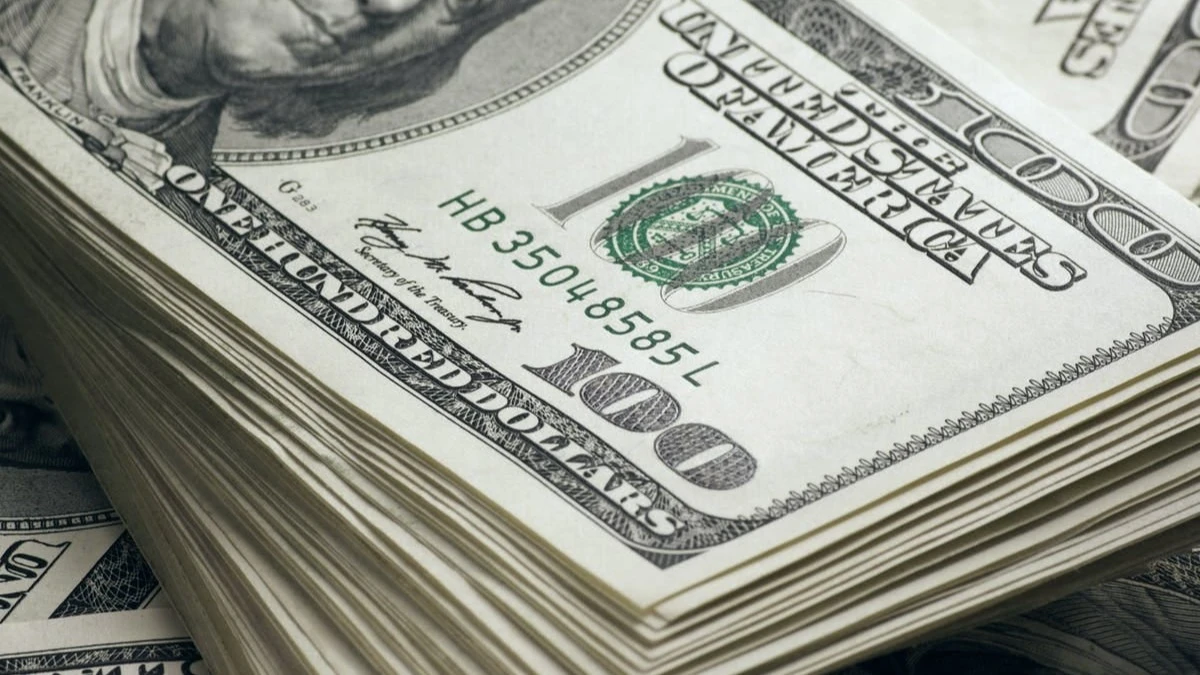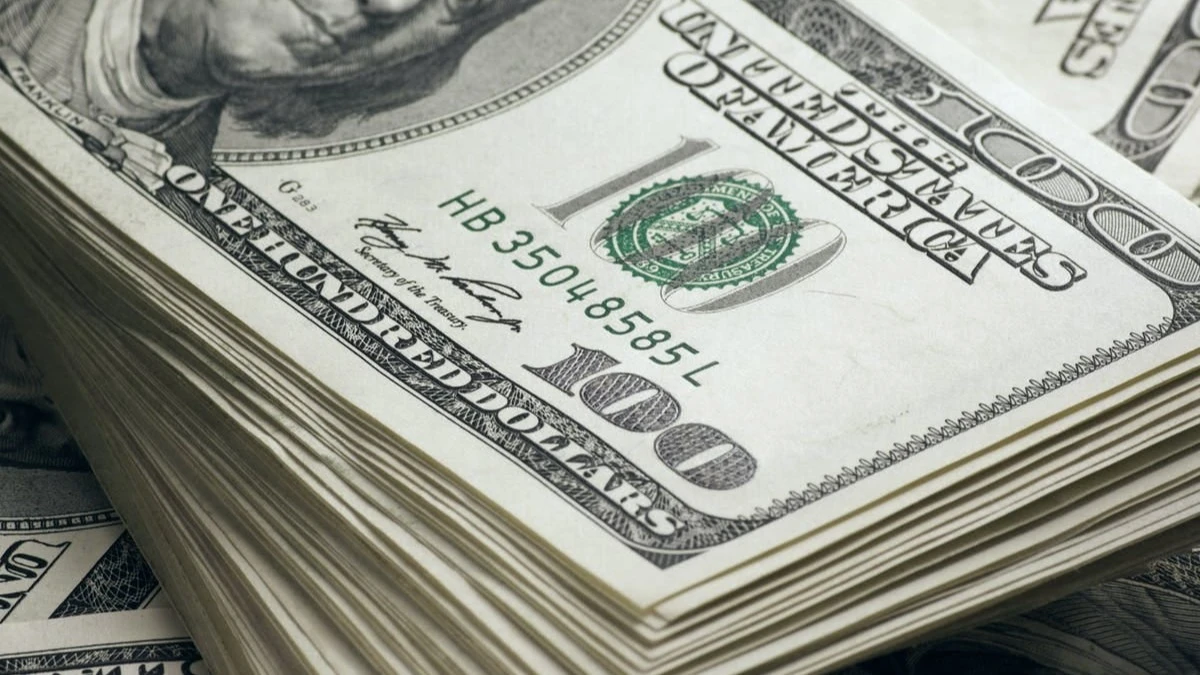Foreign currency deposits grow by 28.4pc in Q2

Foreign currency deposits grew by 28.4 percent in the second quarter of 2025, up from 27.1 percent in the quarter ending March 2025, reflecting continued improvements in foreign exchange liquidity and anticipation of inflows from the forthcoming crop export season.
Despite this growth, the ratio of foreign currency deposits to total deposits, a key indicator of financial dollarization, decreased marginally to 30 percent in May 2025 from 30.7 percent in March 2025, while the share of foreign currency deposits in broad money (M3) remained stable at 25.4 percent.
According to Bank of Tanzania (BoT) monetary policy report for June, a recent decline in dollarization in Tanzania is partly attributed to strengthened foreign exchange liquidity and continued public awareness campaigns on compliance with Section 26 of the Bank of Tanzania Act, which prohibits the use of foreign currency for domestic transactions.
Additionally, the gold purchase programme, designed to bolster foreign reserves, is expected to reinforce confidence in the Tanzanian shilling.
Over the medium term, export promotion and import substitution strategies are anticipated to further reduce the economy's reliance on foreign currency.
According to the report, foreign exchange market liquidity improved markedly during the quarter ending June 2025, primarily reflecting increased inflows from the cash crop export season, which commenced in late May, as well as sustained earnings from tourism and gold, buoyed by rising global prices.
Additionally, continued regulatory enforcement of Section 26(2) of the Bank of Tanzania Act, which prohibits the use of foreign currency for domestic transactions, curtailed demand and channeled more foreign exchange through formal banking channels.
Reflecting these developments, total bank sales in the Interbank Foreign Exchange Market (IFEM) rose substantially to USD 204.4 million from USD 110.9 million in the previous quarter.
Of this, the Bank of Tanzania’s sales amounted to USD 63.5 million, down from USD 78 million.
Improved liquidity also prompted some banks to approach the Bank for foreign exchange swaps or outright sales to meet domestic currency demand, particularly amid end-of-quarter tax and dividend payment obligations.
The shilling strengthened against the US dollar, appreciating by 0.7 percent during the quarter compared to a depreciation of 8.6 percent in the preceding quarter.
On an annual basis, the exchange rate depreciated by 0.18 percent, markedly lower than the 3.4 percent depreciation recorded in the year ending May 2024.
Retail exchange rate followed similar trends, accompanied by a further narrowing of the parallel market premium, indicating subdued speculative activity.
The nominal and real effective exchange rates (NEER and REER) reflected similar stability, with the REER remaining slightly above its equilibrium level, suggesting no significant misalignment that would threaten external competitiveness. Looking ahead, foreign exchange liquidity is expected to improve further in the second half of 2025, supported by seasonal peaks in export receipts and increased tourism arrivals.
The ongoing campaign promoting the use of the shilling for local transactions is anticipated to ease demand-side pressures on foreign exchange, thereby supporting the currency’s value.
These trends are likely to improve the current account balance and reduce pressures on gross official reserves, although they may dampen the performance of export sectors sensitive to relative price shifts.
Monetary Policy Statement June 2025 showed that during 2024/25, liquidity in the foreign exchange market fluctuated in line with global economic developments and seasonal inflows of foreign exchange from exports.
Specifically, foreign exchange liquidity was low in the first quarter of 2024/25; however, the situation improved significantly in the second quarter of 2024/25, attributable to improvements in global economic conditions, particularly decrease in commodity prices, and monetary policy easing in advanced economies.
The improvement was also on account of a significant increase in foreign exchange earnings from tourism, gold, cashew nuts, and tobacco.
These factors were complemented by prudent implementation of monetary policy, which aimed to reduce the impact of exchange rate depreciation on inflation.
Liquidity in the foreign exchange market decreased slightly during the third quarter of 2024/25 due to seasonal decline in foreign exchange from export of cash crops.
The Shilling-US dollar exchange rate moved in tandem with foreign exchange liquidity conditions.
The shilling depreciated in the first quarter of 2024/25, before appreciating at the end of the first half of 2024/25 and depreciating in the third quarter, albeit at a slower pace relative to the corresponding period in 2023/24.
On average, from July 2024 to April 2025, the exchange rate depreciated by 4.7 percent against the US dollar compared to 7.3 percent recorded in the corresponding period of 2023/24. The retail exchange rate moved in tandem, suggesting a receding parallel foreign exchange market.
The real effective exchange rate (REER) depreciated marginally and closed slightly above its equilibrium path at the end of April 2025.
Top Headlines
© 2025 IPPMEDIA.COM. ALL RIGHTS RESERVED

























